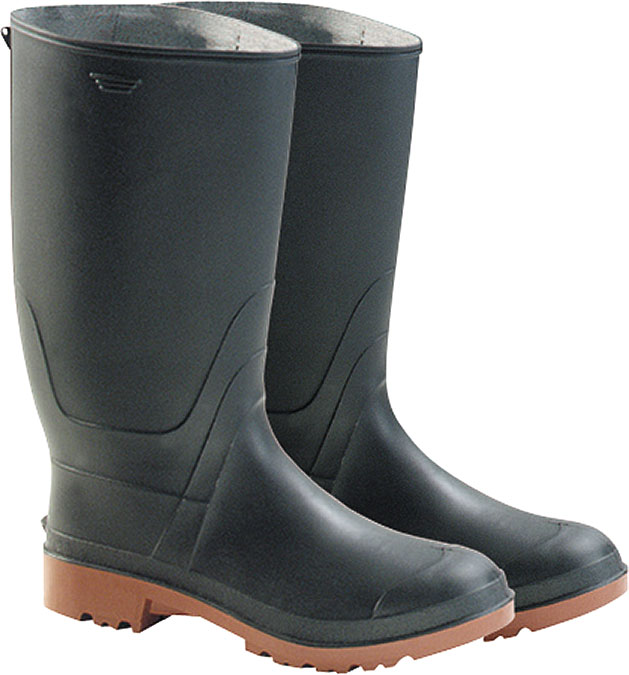Hal Leavitt: Morse Residence, Palm Springs 1961
 Monday, February 20, 2017 at 12:17PM
Monday, February 20, 2017 at 12:17PM  Tom Blachford, photographer. Morse House, Palm Springs, from Midnight Modern: Palm Springs Under the Full Moon. Brooklyn: Powerhouse Books, 2016
Tom Blachford, photographer. Morse House, Palm Springs, from Midnight Modern: Palm Springs Under the Full Moon. Brooklyn: Powerhouse Books, 2016
What I like about this particular Hal Levitt house (Theodore & Claire Morse Residence) is how horizontal it is, as is the 1957 Thunderbird: one could cast a level on the body and have it precisely parallel to the road. This was the kind of house that even on Vancouver Island in the 1960s, signified Architecture, rather than the cottagey English-y steep-roofed 1930s houses we were all living in. For most at the time, this kind of modernism, prosetylised by Sunset Magazine could only be exercised in the yard: breeze block walls proliferated, front doors and garage doors, previously windowed, became blank. Picket fences disappeared, as did gardens, rockeries and perennials, replaced by green landscapes and lawn that stretched flat to the street.
Blachford's photographs were taken by moonlight, giving them a curious source of light that picks up pale colours and sinks darks such as asphalt into deep shade. It is not clear in the publisher's blurb whether or not the cars are stage design or the owner's allegiance to the era. Le Corbusier put a contemporary car, all wood, canvas and spoke wheels in front of the 1927 Weissenhof-Siedlung Houses 14 and 15 to show how architecture should be as streamlined and as instrumental as automobile technology. It was a long time, as Will Wiles points out, before there was any sort of stylistic alignment between houses and cars. It might have come close in the 1960s.
All of this cool flat minimalism promised great freedom from convention, busybody neighbours, maintenance: wealth could buy this level of abstraction. Under the theory of the 60-year nadir – that things in their sixth decade of existence are unloved, scorned and often demolished, both this house and this car qualify. Again, only wealth could buy such preservation. For the less wealthy most things 60 years old come under the heading of mid-century modernism which is eminently collectible as here (unloved, etc. and not in LA or Palm Springs) it is quite cheap.
The Morse house (not at all cheap) has a Class 1 Historic Site designation and is described thus:
One of the most interesting modernist homes in the prestigious Vista Las Palmas neighborhood of Palm Springs, the Theodore & Claire Morse Residence (1960) started life as an Alexander tract home designed by the firm of Palmer & Krisel. In 1961, the Morses commissioned renowned Los Angeles architect Harold "Hal" Levitt to glamorize and expand the home turning it into a Hollywood-style "entertainment residence." The Morse Residence is considered by many to have the best pool and bar entertainment combo in Palm Springs.
Well, there we go.
 housing,
housing,  modernism,
modernism,  photography
photography 
































